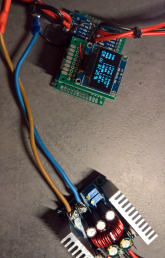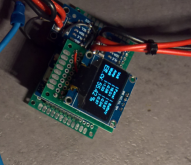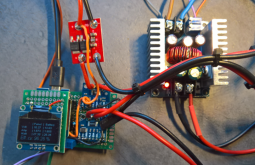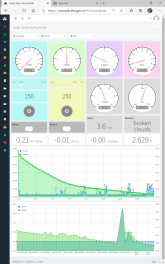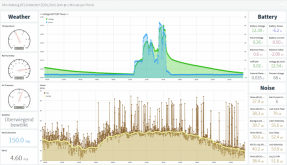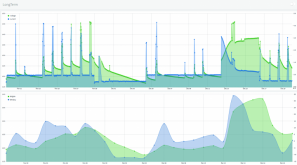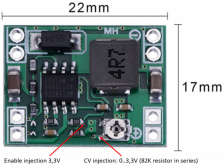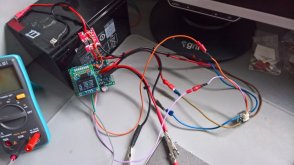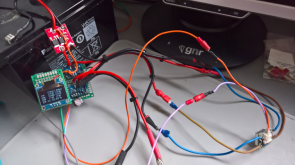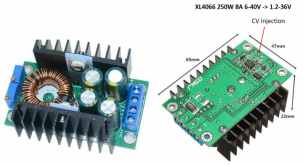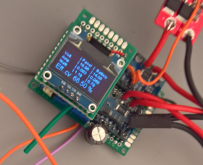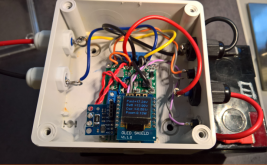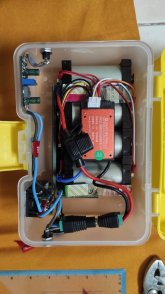rin67630
Solar Enthusiast
After my first design to operate general buck-converters in a MPPT-mode by software upon controlling their CV setpoint in the feedback circuit, using low-power (<2A) buck converters, I would like to step up to an additional variants providing more power.
I have acknowledged, that I should first understand a bit more the way the different modules react.
So I purchased five different buck-converters in the power range between 5 A and 20A and have first designed an intermediary power monitor.

The power monitor is staging two INA226 off-rail current/voltage sensors, one for the panel side, the other one for the battery side which will record and track the input and the output power and compute the efficiency of the respective modules.

It will take me a certain time to evaluate all the modules and to select the most versatile and efficient one.
I will compare several chip technologies.
What I can already say today is that the red board staging a CN3767 solar controller chip dedicated to charge lead-acid batteries with inbuilt -non adjustable- thresholds, was a complete failure:
it charged the battery to 13,55V and stopped there, I had absolutely no way to go even close to absorption, not even to a decent standby charge level.
So I will put it immediately aside.
I will probably use the coming week to evaluate the other modules.
Stay tuned.
Regards
I have acknowledged, that I should first understand a bit more the way the different modules react.
So I purchased five different buck-converters in the power range between 5 A and 20A and have first designed an intermediary power monitor.
- XL4016 8A asynchronous buck converter with added CC/CV feedback circuit
- BQ24650 synchronous buck solar controller with in-chip CV/pseudo MPPT feedback
- XL4016 8A asynchronous buck converter with added CC/CV/pseudo MPPT feedback circuit
- LM5116 synchronous buck converter with added CC/CV feedback circuit
- CN3767 asynchronous buck solar controller with fixed in-chip pseudo MPPT feedback

The power monitor is staging two INA226 off-rail current/voltage sensors, one for the panel side, the other one for the battery side which will record and track the input and the output power and compute the efficiency of the respective modules.

It will take me a certain time to evaluate all the modules and to select the most versatile and efficient one.
I will compare several chip technologies.
What I can already say today is that the red board staging a CN3767 solar controller chip dedicated to charge lead-acid batteries with inbuilt -non adjustable- thresholds, was a complete failure:
it charged the battery to 13,55V and stopped there, I had absolutely no way to go even close to absorption, not even to a decent standby charge level.
So I will put it immediately aside.
I will probably use the coming week to evaluate the other modules.
Stay tuned.
Regards
Last edited:



